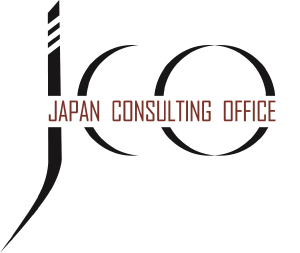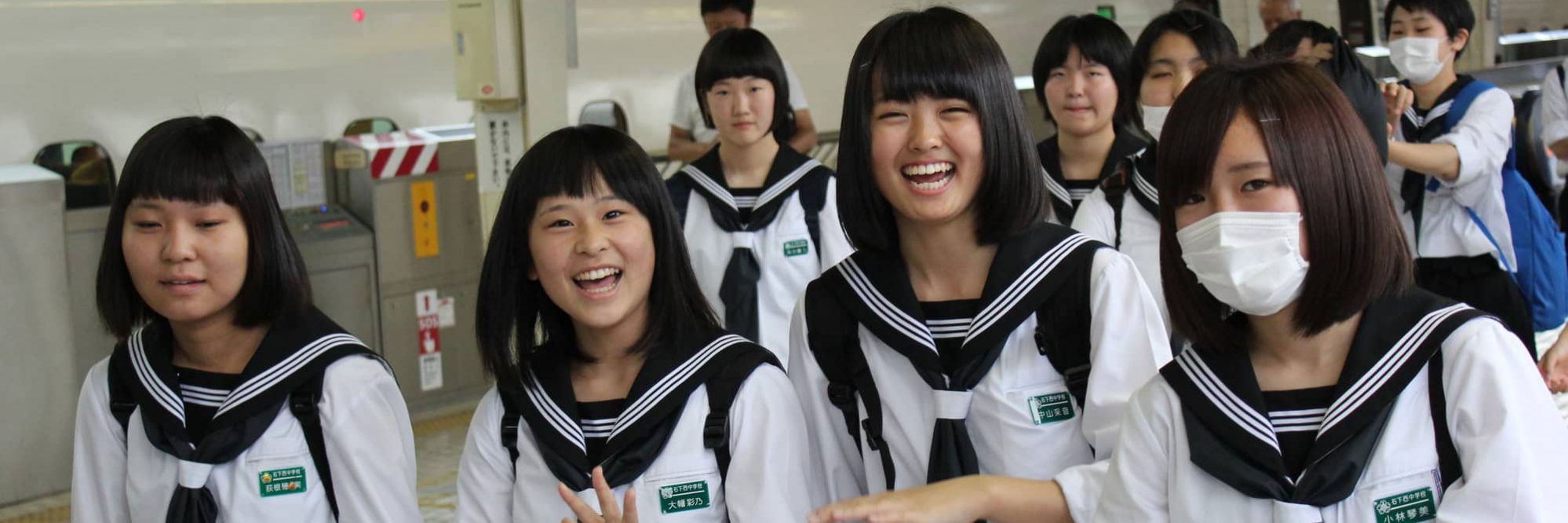Japan is notorious for its strong emphasis on “humans as resources”: due to its lack of natural resources, Japan instead focuses on forming highly educated and skilled citizens.
Education is perceived as not only defining and embodying many Japanese values but also as a considerable determinant of careers and futures.
Let us examine the Japanese education system in more detail.
The common Japanese education system is highly structured and categorized, comparable to the one in the US:
• Nursery (youchien 幼稚園) of three years
• Primary school (shyougakkou 小学校) lasts six years
• Junior high school (chyuugakkou 中学校) of three years *Minimum education required by law
• High school (koutougakkou 高等学校) of also three years
• University (daigaku 大学)
It is not uncommon for one academic year to be made up of over five classes, each with more than 40 students; a consequence of Japan’s high population density. School uniforms are often mandatory from junior high onwards, especially in public schools. Non-academic education forms a large part of the Japanese education system, especially in junior high schools. Classes such as home economics, cooking, tailoring and wood/metal work are often compulsory for both sexes. Extra-curricular activities are also often mandatory in Japan, and constitute a large part of Japanese youths’ social lives. Students are encouraged to excel in (at least) one activity and to also develop strong bonds within the group. These “clubs” (クラブ, 部活動) demand daily participation, both before and after school classes, and sometimes even on weekends.
Doubling, in other words being held back 1 year, is not common in Japan: students move up the education system regardless of what their grades are, and only repeat a year in extreme cases. Often students will form workgroups to learn together and support the weaker members.
In the public school system (and some private), students face entrance exams (nyuugaku shiken 入学試験) for junior high, high school and higher education. Some private schools provide education from nursery level all the way to high school (and sometimes even university), in which case there are no entrance exams to worry about – but these are exceptions to the rule. Students are expected to differentiate themselves according to their academic interests, intellectual capabilities and extra-curricular skills with these exams.
This explains Japan’s fixation with “public versus private school” dichotomy (公立対私立): whereas the average Japanese child will attend a public primary school, once they are to start junior high, students (and their parents) strive to become accepted in the “best schools possible”, which is often considered to be private schools. This goes back to the fact that universities and employers will largely evaluate a potential candidate by their educational background. Therefore the more “prestigious” and “expensive” the school attended, the better the candidate’s chances of entering a prominent higher education institution or workplace.
At the university level, this order changes again, as the top universities in Japan are still the public ones (e.g. Tokyo University and Kyoto University), though private universities like Keio and Waseda also rank very high.
In the next blog entry, we will discuss the realities of the Japanese education system, and the values the society is teaching to its younger generations.







